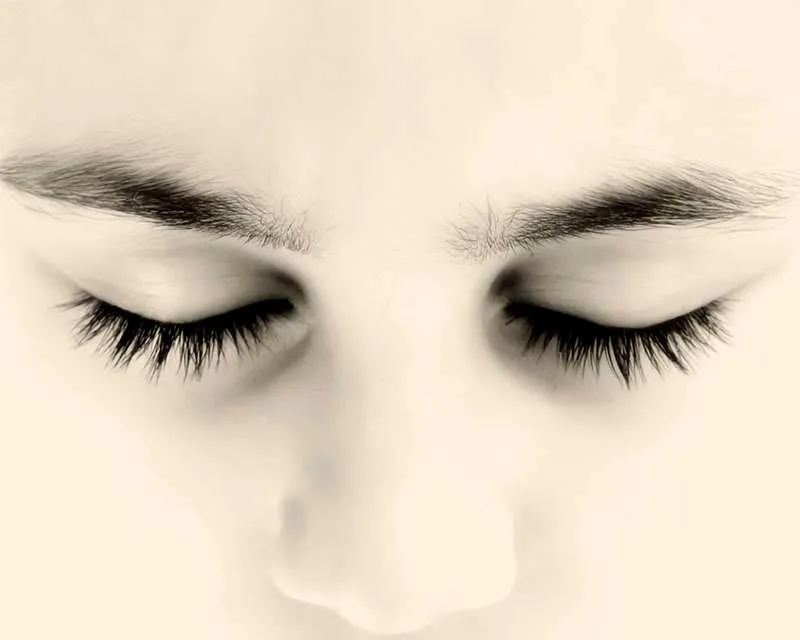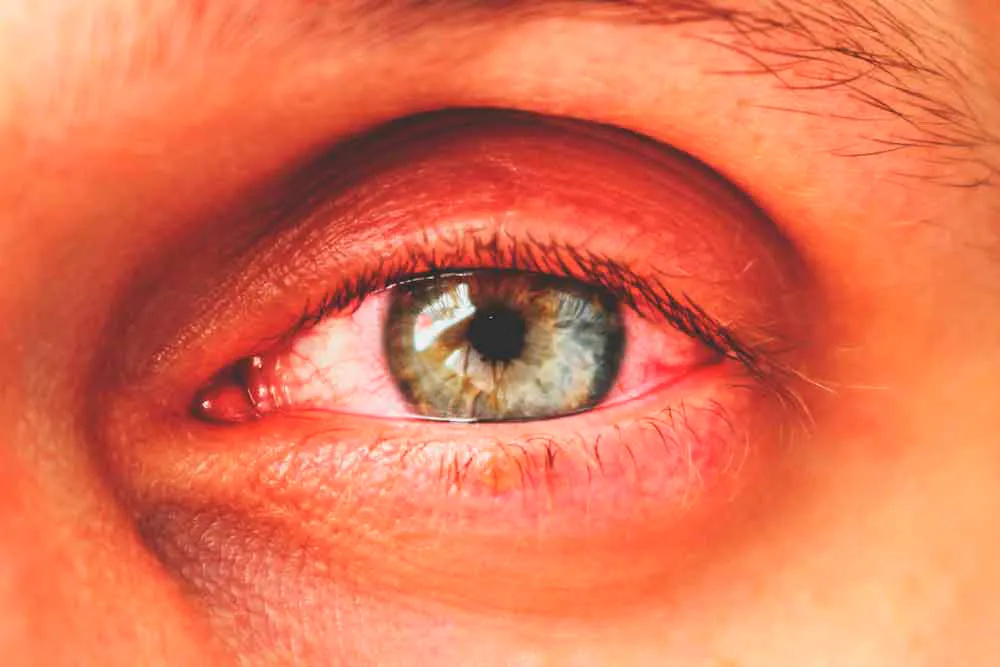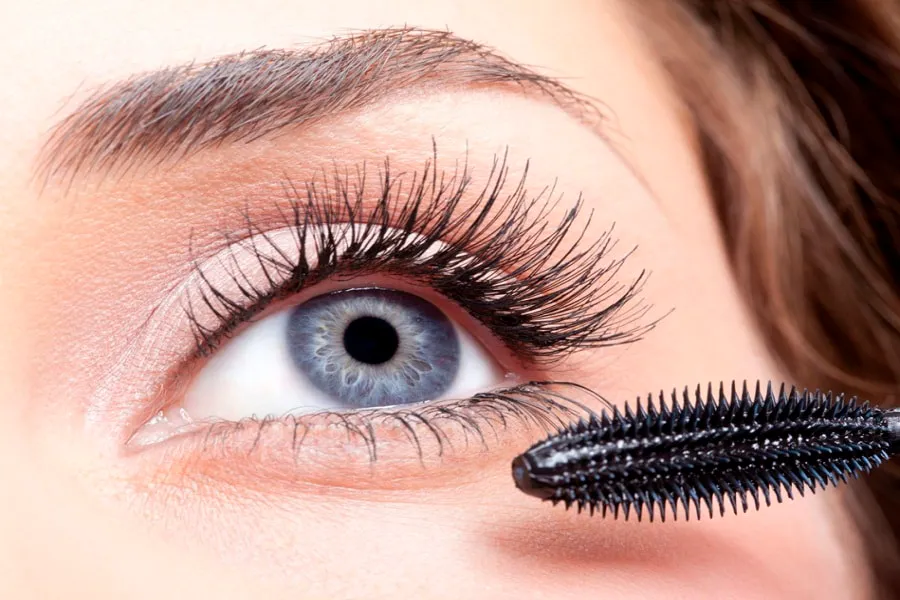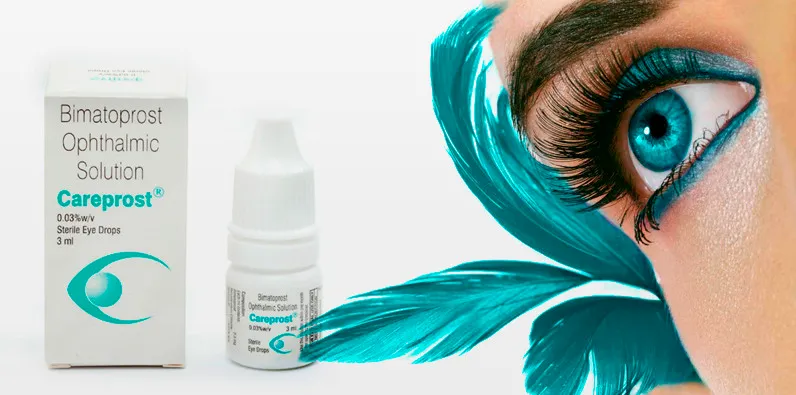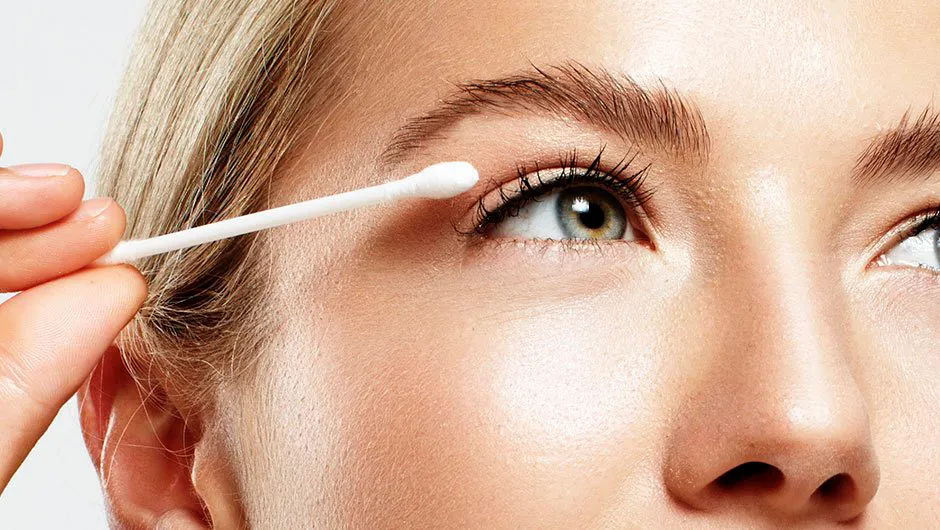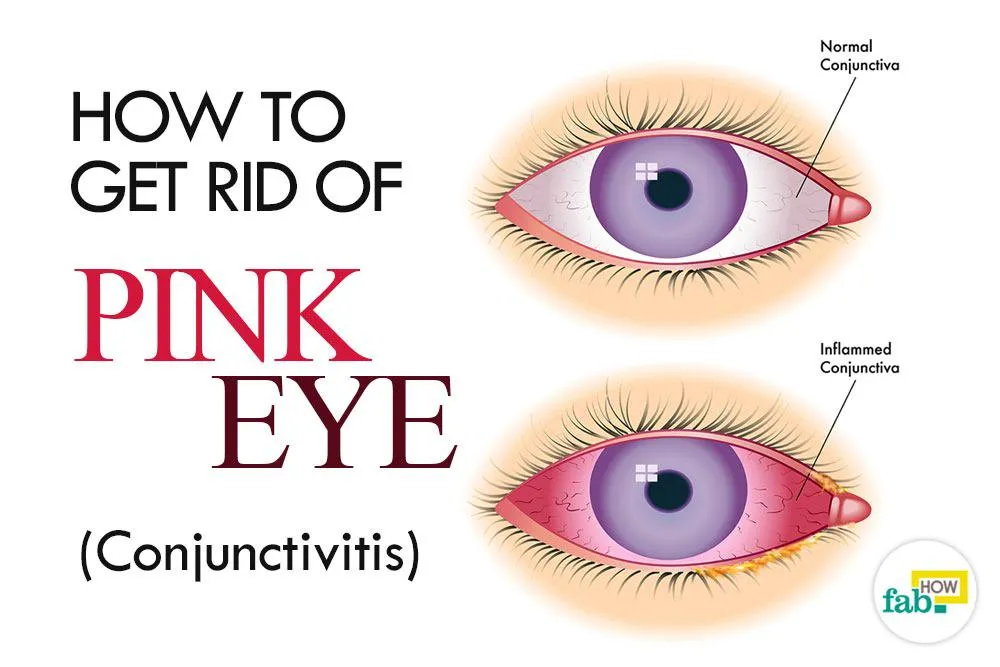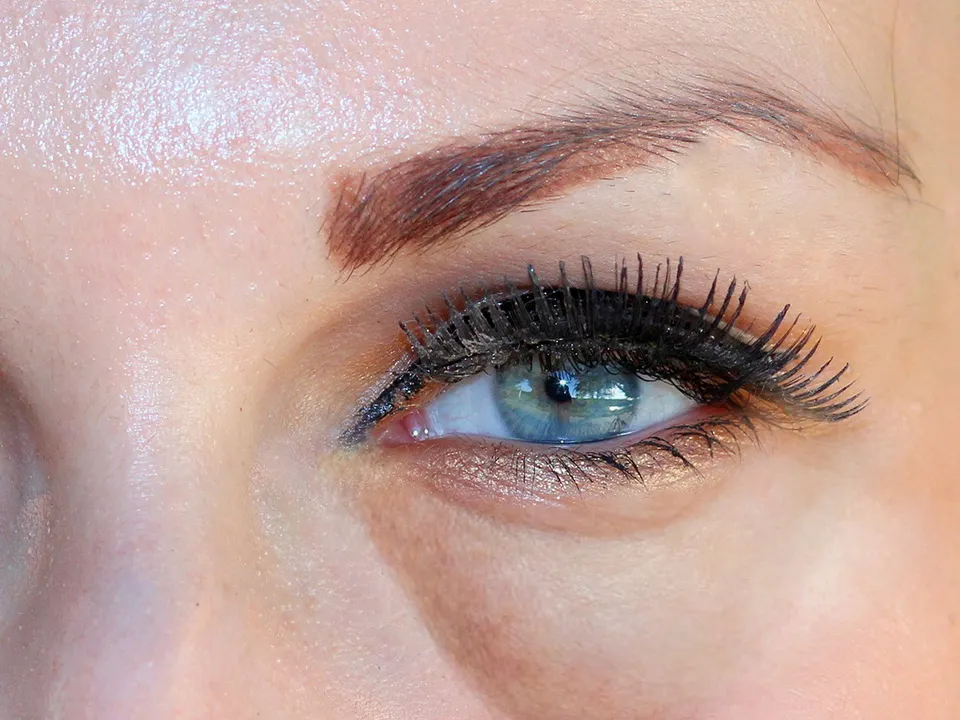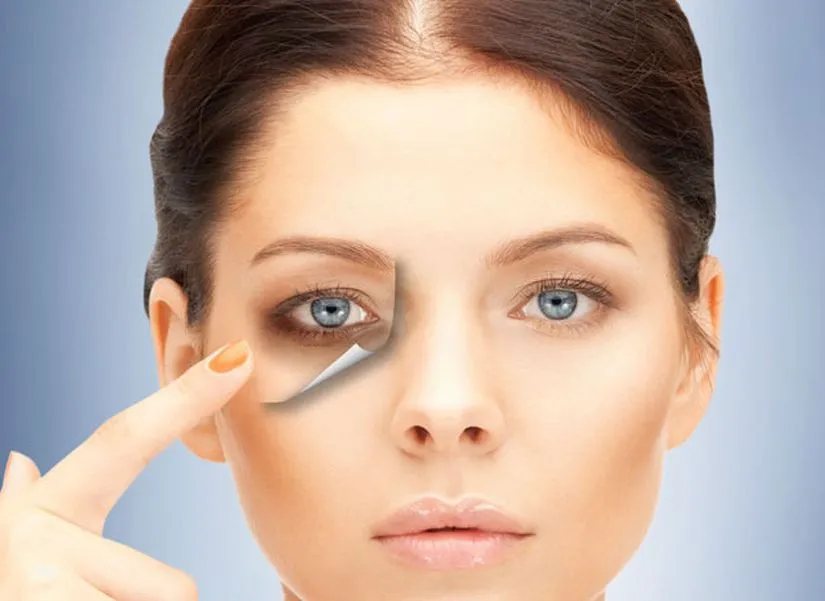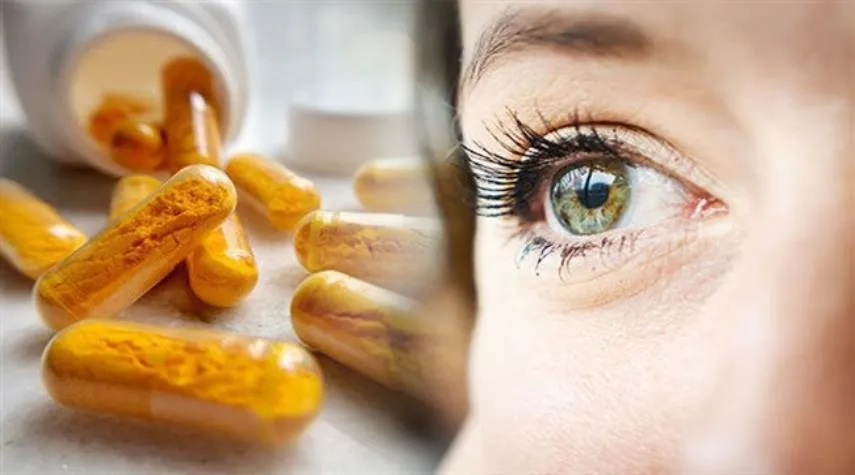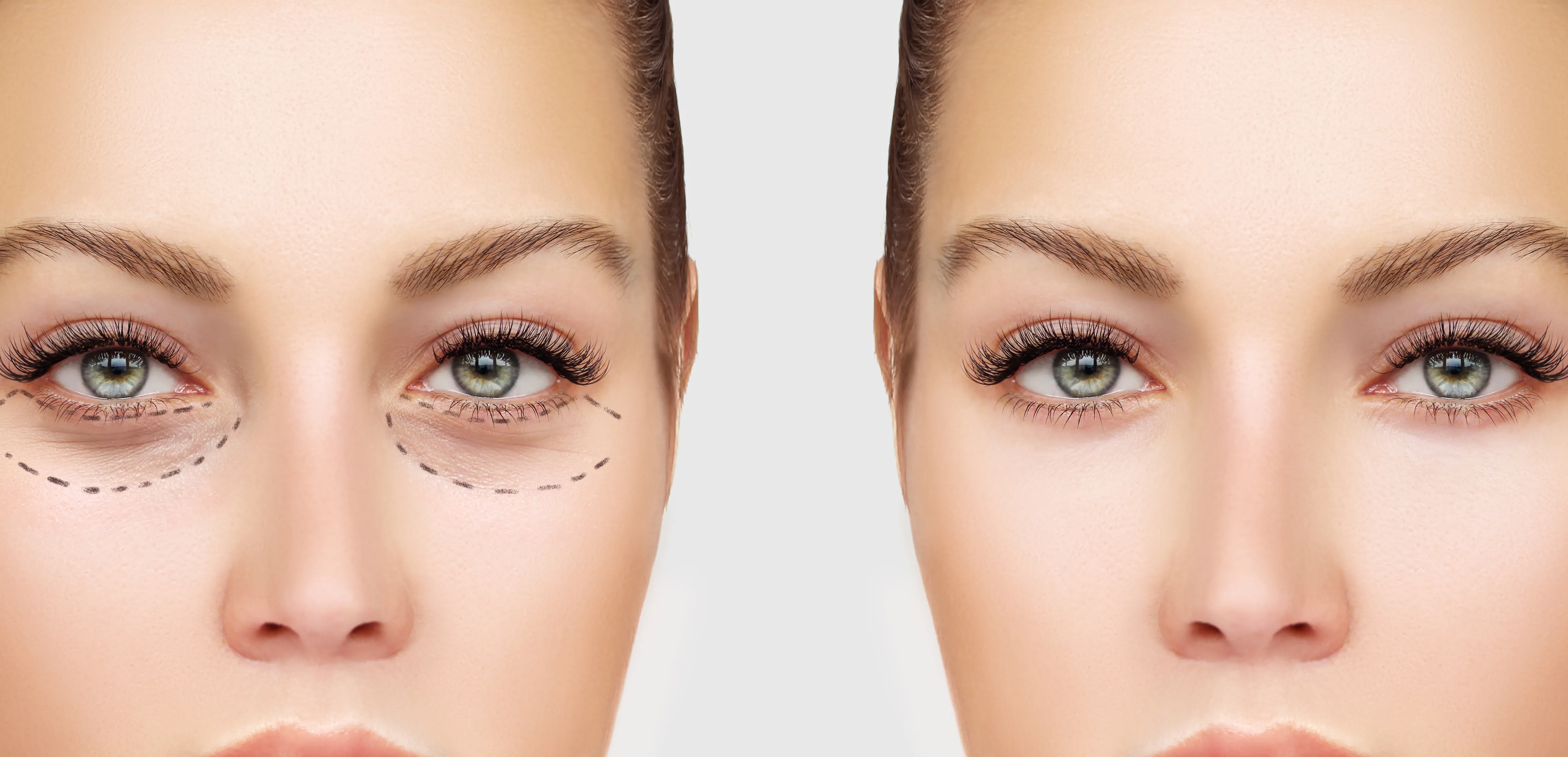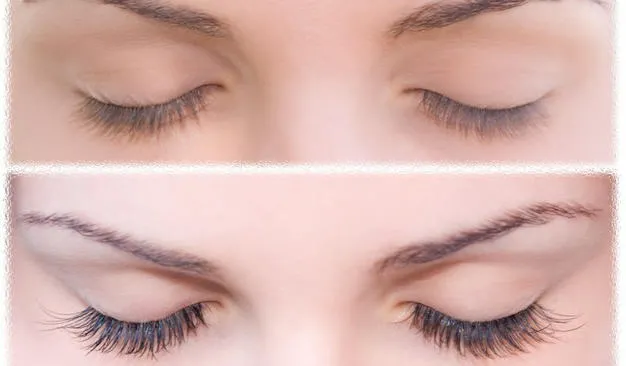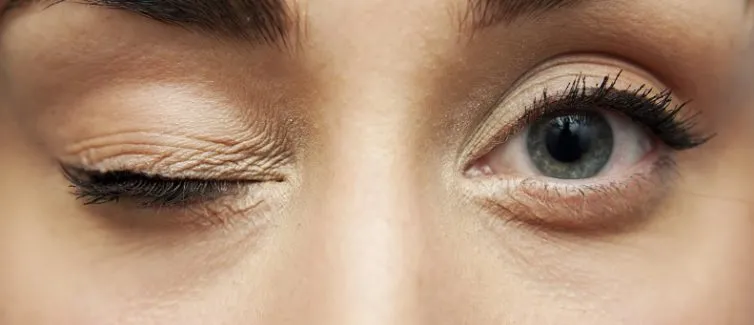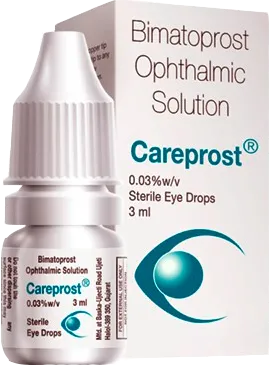What is trichiasis?
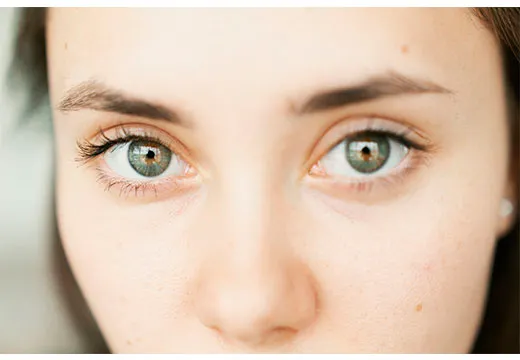
Trichiasis should be distinguished from the turn of the century, which is sometimes found in older people. With trichiasis, the structure of the eyelid remains normal, the direction of growth of the eyelashes is simply disrupted, this occurs as a result of a change in the location of the hair follicles.
Doctors distinguish several types of trichiasis century:
- full trichiasis, or madarosis (the whole row of eyelashes begins to grow toward the cornea)
- partial trichiasis (only some eyelashes protrude toward the eyes)
- unilateral (abnormal growth of eyelashes in one eye) and bilateral trichiasis (pathology is observed in both eyes)
- distichiasis (one additional row of eyelashes growing to the eyeball)
- distrosis (two additional rows of eyelashes, is quite rare)
With trichiasis, abnormally growing hairs are usually colorless and thin, so it is rather difficult to see them with the naked eye. For accurate diagnosis requires a slit lamp with a good magnification.
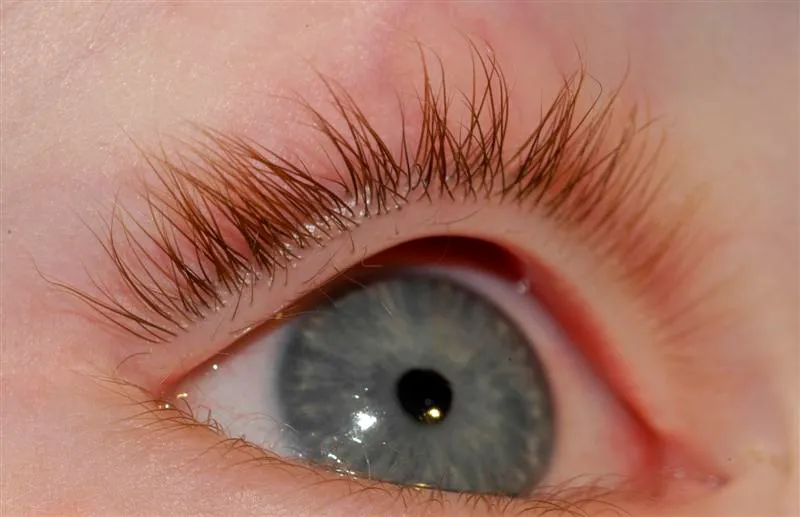
Symptoms of trichiasis
At the onset of the disease, the following symptoms may occur:
- corneal redness;
- severe tearing;
- the occurrence of photophobia and pain from bright light
- feeling of a foreign object in the eye
- frequent blinking
Why does trichiasis appear?
Most often trichiasis of the eyelids is a secondary disease. The eyelashes on the eyelid begin to grow towards the eye under the following adverse conditions:
- eye injuries
- acid or alkaline burns
- inflammatory diseases of the eye (chronic blepharitis, conjunctivitis)
- ophthalmic surgery in the past
Diagnosis of trichiasis includes the following methods:
- examination of visual clarity
- biomicroscopy of the growth of eyelashes and the state of the edges of the eyelids (the state of the cornea is checked, the contact of the eyelashes with the cornea and conjunctiva is checked)
- biomicroscopy of the conjunctiva and cornea using dyes.
In the diagnosis of trichiasis, it is necessary to differentiate this disease from torsion of the eyelids and distichiaza, and madarosis - from the marginal coloboma of the eyelids.
Treatment of trichiasis
The disease cannot be cured only with medical preparations. Anti-inflammatory drops and ointments relieve irritation and inflammation, but such therapy will not be able to stop the growth of ciliary hairs. Therefore, the treatment of trichiasis includes more radical methods, namely:
- Mechanical removal of abnormal eyelashes with tweezers. Minus method: this procedure must be repeated every few weeks, as the hairs will grow again and again.
- Laser hair removal and electrolysis can be used on a small area affected by trichiasis. Laser and electrolysis destroy the hair follicle, and the cilium is no longer growing.
- Surgery. This method can be applied in case of distichiase and distychiach, as well as in the case of constant growth of pathological cilia. During this operation, a skin flap is removed with incorrectly growing eyelashes, which is then replaced by a fragment of skin taken from the eyelid or mucous lip. With the complete disappearance of the eyelashes is applied a piece of skin taken from the eyebrows. This operational impact is carried out in a hospital and, depending on the level of complexity, takes from 20 minutes to an hour. After surgery, the wound is treated with bactericidal drops.
- When the corneal ulceration, conducted a comprehensive treatment that includes resection area of skin afflicted trichiasis, transplant new flap taken from the brow portion and therapy of ulcers on the cornea. For this purpose, course treatment is prescribed with the help of ointments containing antibiotics and antibacterial drops.

